Farmers apply the model of intercropping aquaculture (giant prawn, giant tiger prawn, whiteleg shrimp, sea crab) combined with the production of one rice crop per year. Thanks to the application of scientific and technical advances in production, the brackish water aquaculture situation of the province has developed stably, the output has increased; however, the output and price of aquatic species, especially giant prawn, are quite unstable, the profit has not been as expected by farmers.
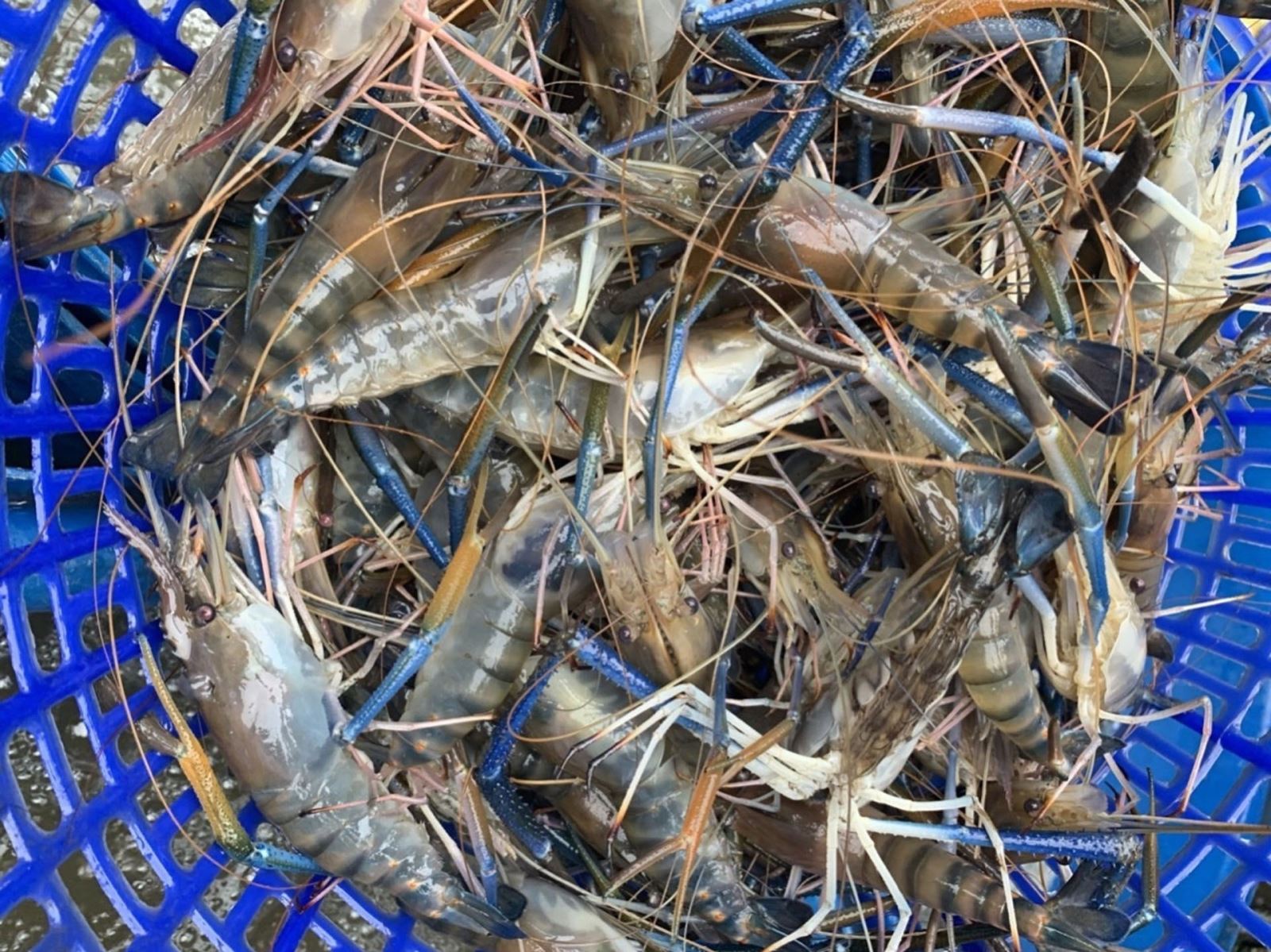
Unstable output
Vinh Binh is a commune with a large area of intercropping aquaculture (giant prawn, tiger prawn, whiteleg shrimp, sea crab) in An Giang province, with an area of over 12,200 hectares per year, a total aquatic product output of over 85,500 tons, of which shrimp output is over 61,000 tons. Farmers apply organic, biosafety production processes with 3 crops of giant freshwater prawn intercropped with tiger prawn, whiteleg shrimp, sea crab according to the recommendations of the agricultural sector. Farmers feed shrimp with rice, snails, bait fish and give them a little extra food, use probiotics to improve the water environment and absolutely do not use chemicals.
Ms. Huynh Thi Hang, Nuoc Chay Hamlet, Vinh Binh Commune, said that her family has been involved in the business of raising giant freshwater prawns intercropped with whiteleg shrimp and giant tiger prawns for more than 15 years on an area of 2 hectares. The model has also helped the family stabilize their lives. Ms. Hang's 3 children have gone to university, learned a trade and have stable jobs. However, Ms. Hang also said that the price of giant freshwater prawns has been quite unstable for many years, completely dependent on traders, so the profits from the model are not high.
“As for tiger prawns and whiteleg shrimp, the prices are relatively stable, while giant freshwater prawns often drop in price, completely decided by traders at quite low prices, oxygenated prawns (shrimp harvested with oxygen and sold live to traders) from 100,000 to 120,000 VND/kg, suffocated prawns cost 50,000 - 60,000 VND/kg. My family raises shrimp 3 times a year, including about 2 tons of giant freshwater prawns, more than 500kg of whiteleg shrimp and tiger prawns, earning more than 250 million VND, minus expenses, the profit is about 150 million VND. This source of income is unlikely to help the family have enough to save, to become well-off, but just enough to live. I hope that in the near future, the functional sector and local authorities will pay attention and have solutions to invite businesses to the locality to purchase the output of commercial shrimp at the end of the season at a price of about 130,000 VND/kg, only then will farmers feel secure. "Only with a production mindset can we become quite rich," said Ms. Hang.
Mr. Nguyen Van Minh, Vinh Binh commune, said that his family had just harvested 2.2 hectares of giant freshwater prawns intercropped with tiger prawns and whiteleg shrimp with a yield of 1 ton of giant freshwater prawns, 400 kg of whiteleg shrimp, and 200 kg of giant freshwater prawns. Of which, giant freshwater prawns were sold at 118,000 VND/kg (oxygenated shrimp), and suffocated shrimp were 55,000 VND/kg. This price was down more than 22,000 VND/kg compared to the first months of 2025. According to Mr. Minh, the shrimp price decrease was due to the peak harvest season, with many traders forcing farmers to lower their prices.
“When the giant freshwater prawns are ready to be harvested, they cannot be kept for long, so traders often force down the price. Even though farmers know this, they cannot help but sell because most of the local traders are relatives, or they have agreed with each other, so the farmers are the ones who suffer. Farmers in Vinh Binh area raise shrimp according to the biosafety shrimp process, do not use chemicals, feed them with little industrial feed, the main feed is rice, bait fish, snails and algae available in nature, so the shrimp have sweet meat... However, the selling price is the same as in other areas and the output is not as stable as in the past, which is a pity. We really hope that the locality will establish a cooperative and implement linkages in the supply of shrimp seeds and feed, linked with output consumption at a stable price,” Mr. Minh shared.
Developing production according to the chain link
According to Mr. Vo Thanh Xuan, Standing Deputy Secretary of the Party Committee, Chairman of the People's Council of Vinh Binh Commune (An Giang Province), Vinh Binh Commune farmers focus on economic development mainly on shrimp, crab, and rice. Recently, the commune has paid attention to building the brand of green-legged shrimp as clean shrimp. However, the price of green-legged shrimp still fluctuates erratically, and the output lacks stability.
“In order for the commune's shrimp-rice intercropping model to develop stably, and for people's income and living standards to improve, the commune focuses on directing the sectors to establish cooperatives, especially now that the Cai Lon riverside route is in the process of completion, opening up prospects for the transportation of goods in general and agricultural and aquatic products in particular to be convenient and developed. Along with that, the commune coordinates with universities and research institutes to conduct applied research and transfer science to ensure the quality and food safety of green-legged shrimp; coordinates with provincial sectors to find and invite capable and strong enterprises to invest in purchasing and processing to increase the value of farmed shrimp,” Mr. Xuan added.
Director of the Department of Agriculture and Environment of An Giang province, Le Huu Toan, said that the province aims to stabilize the rice-shrimp production area by 2030 at more than 117 thousand hectares. To help aquaculture achieve sustainable efficiency, the Department of Agriculture and Environment of the province directs the reorganization of production according to the product value chain, from breeds, input materials, commercial farming to processing and consumption of products; linking production through cooperatives, companies, and enterprises in providing input materials, consuming products to ensure profits for farmers.
Promote the production and breeding of aquatic breeds in the province, gradually take the initiative in supplying and improving quality to meet the demand for aquaculture; strengthen the management and quarantine of aquatic breeds to ensure quality; actively monitor dangerous infectious diseases in farmed aquatic products; promptly detect and guide people on disease prevention and treatment measures according to regulations.
Along with that, the industry deploys and applies technologies and technical advances in local aquaculture activities in the direction of modern, advanced technology, environmentally friendly, minimizing waste according to the circular economy; focusing on building brands, product labels, geographical indications of shrimp products typical of each region for export to foreign markets, increasing product value and income for farmers," Mr. Le Huu Toan emphasized.
According to the Department of Agriculture and Environment of An Giang, the aquaculture situation in the province from the beginning of 2025 to now has been stable, with few epidemics. Regarding brackish water shrimp farming, the province has implemented different types, suitable for each ecological region and adapting to climate change; promoting increased farming productivity through the application of scientific and technological advances, and production linkage forms towards sustainable development.
In the first 10 months of 2025, the total output of exploitation and aquaculture in An Giang province reached about 1.25 million tons; the estimated output of exploitation and aquaculture in 2025 is more than 1.6 million tons (of which brackish water shrimp is more than 155 thousand tons; tra fish is nearly 649 thousand tons; fish raised in cages at sea is 100 thousand tons; sea crab is more than 32 thousand tons, and fish of all kinds is more than 320 thousand tons).
Source: https://baotintuc.vn/kinh-te/giai-bai-toan-ve-gia-ca-va-dau-ra-cho-tom-cang-xanh-u-minh-thuong-20251104083254752.htm


![[Photo] Ho Chi Minh City Youth Take Action for a Cleaner Environment](https://vphoto.vietnam.vn/thumb/1200x675/vietnam/resource/IMAGE/2025/11/04/1762233574890_550816358-1108586934787014-6430522970717297480-n-1-jpg.webp)
![[Photo] The road connecting Dong Nai with Ho Chi Minh City is still unfinished after 5 years of construction.](https://vphoto.vietnam.vn/thumb/1200x675/vietnam/resource/IMAGE/2025/11/04/1762241675985_ndo_br_dji-20251104104418-0635-d-resize-1295-jpg.webp)

![[Photo] Ca Mau "struggling" to cope with the highest tide of the year, forecast to exceed alert level 3](https://vphoto.vietnam.vn/thumb/1200x675/vietnam/resource/IMAGE/2025/11/04/1762235371445_ndo_br_trieu-cuong-2-6486-jpg.webp)
![[Photo] Panorama of the Patriotic Emulation Congress of Nhan Dan Newspaper for the period 2025-2030](https://vphoto.vietnam.vn/thumb/1200x675/vietnam/resource/IMAGE/2025/11/04/1762252775462_ndo_br_dhthiduayeuncbaond-6125-jpg.webp)





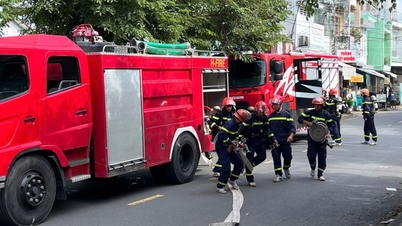

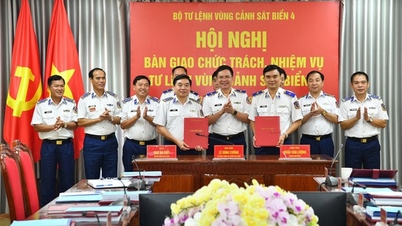


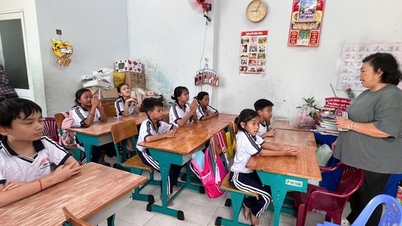


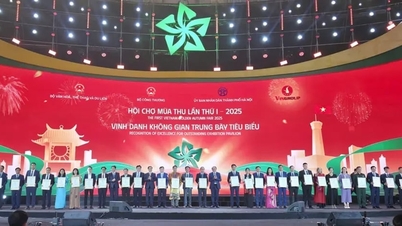






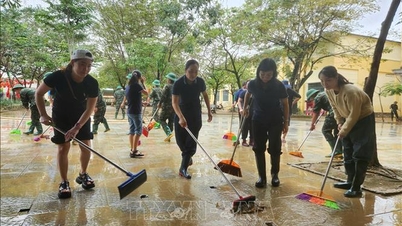





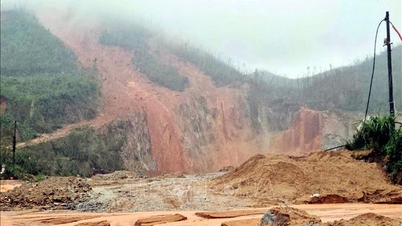



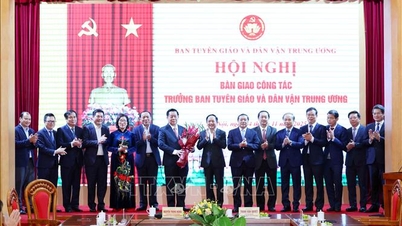



















































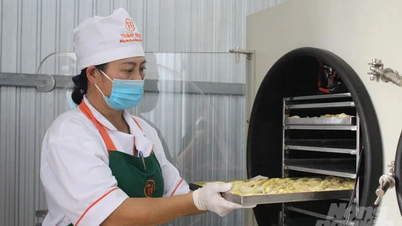

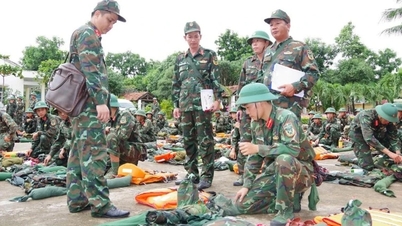














Comment (0)